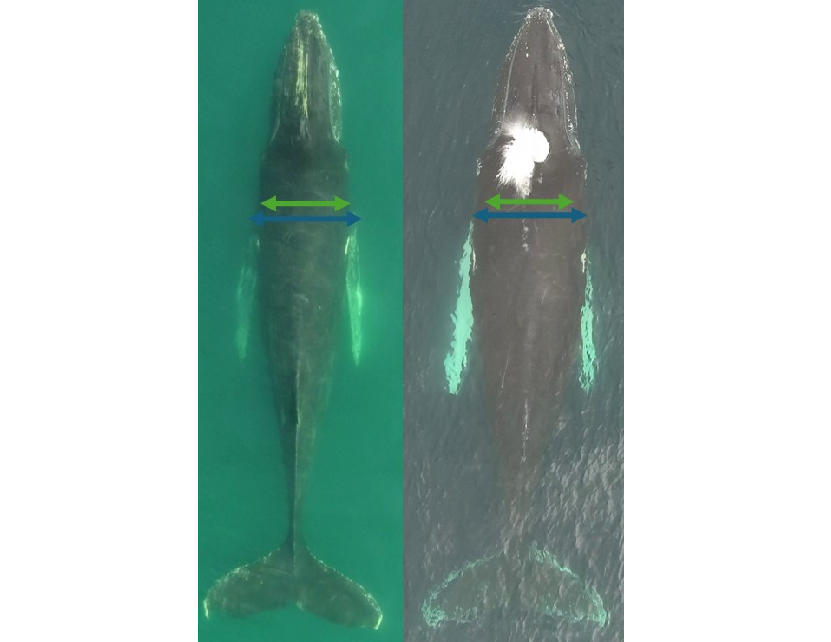Media release
From:
New research into the energy use of humpback whales during their annual migrations has found they lose 11,000kg of blubber - which is equivalent to the energy obtained after feeding on 57,000 kg of Antarctic krill - highlighting the importance of managing their krill-rich feeding grounds.
PhD Candidate Alexandre Bernier-Graveline, from Griffith University's Southern Ocean Persistent Organic Pollutants Program, led the study, using drones to monitor the body condition of 103 adult humpback whales in the southern hemisphere.
Mr Bernier-Graveline and the research team used data from the drone monitoring to determine the whales’ body conditions on their breeding ground in Colombia and on their feeding ground on the Western Antarctic Peninsula, a highly productive krill region of Antarctica.
Each adult whale lost about 36 per cent of its body condition during migration which is equivalent to:
- 12 cubic metres or 11,000kg of blubber (equivalent to the weight of a standard single-decker city bus or two adult African elephants)
- 5,000kg of fat
- 196 million kilojoules of energy (equivalent to the energy consumed by an average adult over 62 years)
- 57,000kg of krill
“Southern hemisphere humpback whales depend on Antarctic krill for their annual energy requirements, fueling their long migrations between feeding and breeding grounds,” Mr Bernier-Graveline said.
“We found the whales were at their fattest in early autumn – March-May – and slimmest by late spring – August-December – showing a dramatic seasonal change in body condition.
“Our study quantifies the whales’ extreme ‘feast and fast’ lifestyle, and the critical role of Antarctic krill in their survival and migratory life-history strategy.”
Mr Bernier-Graveline said with the Antarctic sea-ice ecosystem rapidly changing, understanding migrating whales' energy demands helped scientists assess how environmental changes – such as krill availability or climate shifts – could impact whale populations.
By linking migration and reproductive energy cost to krill biomass, the findings provided key ecological contexts for understanding how environmental changes such as krill population fluctuations could impact whale populations in the future.
The work was performed under an International Whaling Commission Southern Ocean Research Partnership grant, led by Professor Susan Bengtson Nash, together with researchers from Aarhus University, Denmark; The University of California Santa Cruz, and The University of Los Andes, Colombia.
The study ‘Drone-based photogrammetry provides estimates of the energetic cost of migration for humpback whales between Antarctica and Colombia’ has been published in Marine Mammal Science.




 Australia; International; QLD
Australia; International; QLD


